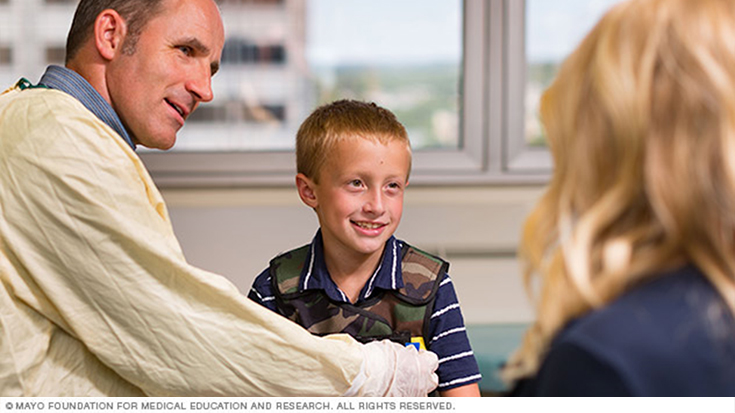
I have been a registered respiratory therapist for more than 21 years. I began my career working in adult ICU care. I then became a lead RT, working on shift staffing and covering the emergency department.
After I had approximately four years of experience, I took a position in pediatrics. In this position, I covered the NICU, PICU, neonatal transports, pediatric transports, pediatric general care, labor/deliver, and our level II nursery. I held this position for 11 years, eventually becoming the supervisor of this group.
While I held the supervisor position, I would get frequent calls from our pulmonologists to help with outpatient appointments. Mainly, I would get called to help with patient/family education on airway clearance modalities.
When we hired more pediatric pulmonologists and pediatric ENT surgeons, the calls became even more frequent. The position I currently have was created out of necessity.
Long list of responsibilities
My current job responsibilities include: CF clinic, outpatient pediatric pulmonology appointments, outpatient aerodigestive appointments, inpatient pediatric patient/family trach education (I have a comprehensive tracheostomy/ventilator course that includes caregiver written and simulation evaluation), weekly inpatient tracheostomy rounds, and helping our employee community health group with pediatric asthma.
I do a lot of patient/family education related to tracheostomy care and airway clearance. I also write respiratory action plans and proxy orders for physicians, and telecommunicate with families.
I did not have formal training for the position I currently have, simply because I am the first person in our institution to have this position. My previous 14 years of experience as a pediatric staff therapist and supervisor was my training.
A shift in focus
The biggest difference working in the outpatient setting vs. working in the ICU is your focus shift. Your focus switches from helping the health care team get people healthier and out of the hospital, to educating people and attempting to reduce admissions.
Another big difference is patients and families now identify you as “their CF RT” or “their RT,” despite still having many RTs helping them in the hospital. I think families rely on you more in this type of job and they make connections to you personally.
Families now call me directly with questions related to tracheostomy tubes, ventilators, airway clearance, suctioning, inhaled medications, etc. The RN care coordinators I work closely with now forward patient/family messages to me if they receive questions or concerns that are respiratory related they cannot answer.
Feel good story
It seems I am making more and more phone calls to families each day. Sometimes I also get random phone calls telling me of situations that family members handled at home.
I once got a call from a mother of one of my patients we had recently sent home with a tracheostomy and ventilator. She called to tell me that the patient’s tracheostomy tube had occluded.
This occurred during a shift when they had no nursing. The mother and father had to change it emergently.
She was so excited to tell me she panicked a little, but then she just thought, “what would Brad do?” They replaced the tracheostomy tube and he recovered without incident.
I had given this family the majority of their formal tracheostomy education. To hear her tell this story was simply amazing.
They know who to call
I feel having a respiratory therapist who is responsible for patient/family education is very important. I feel good knowing that parents are going home properly educated on how to care for these patients in the home environment. Families identify me as their respiratory therapist and know who to call if they have questions.
Working in the outpatient multidisciplinary team setting has been a big change for me coming from the ICU and managerial setting. I am lucky to work with a great team of pulmonologists, nurses, clinical assistants, dieticians, and social workers. I feel like I have learned so much about an area of the health system I didn’t know much about.
The biggest reward is the connections you make with families and care providers. They truly rely on you.
Kids need respiratory navigators too
We are hearing a lot about respiratory therapists increasing their presence in non-ICU arenas. COPD navigators and asthma navigators seem to be the “buzz” words lately. RTs are doing some great things reducing readmissions for these groups of people.
I see myself as a pediatric respiratory navigator, I guess. I really am trying to keep patients out of the hospital too and reduce admissions. My patients just happen to be pediatric patients.
AARC member Bradley Boynton is a clinical specialist at the Mayo Clinic in Rochester, MN.





